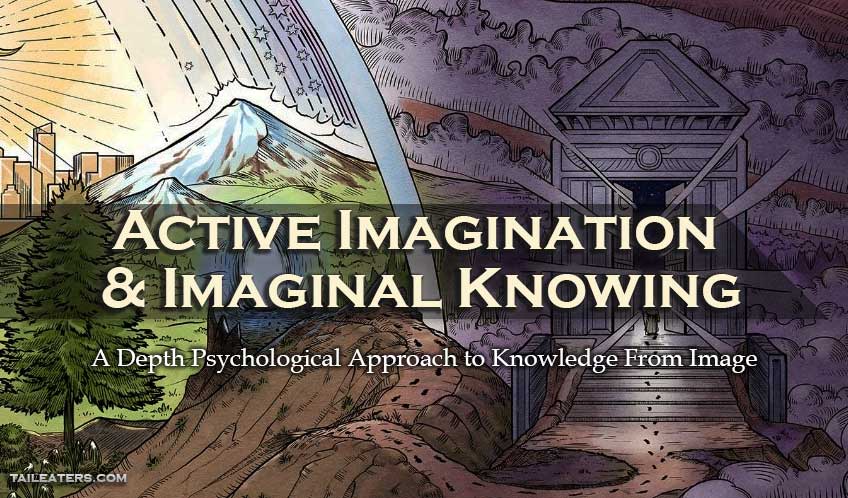
Active Imagination and Imaginal Knowing
A Depth Psychological Approach to Knowledge From Image
The images we see are more than meet the eye. They are physical manifestations of where the mind meets the unconscious. Through active imagination, we can bring an image to life, discovering it as a symbol and building a relationship with it. Processed through active imagination, an image can lead the practitioner to deeper levels of awareness when they tap into its feeling, emotional power, and collective imaginative field. In the hands of depth psychology, images are alive.
Dreams consist of images. Very frequently they are experienced as live experiences, they are remembered, and they are seen as a static experience that exists somehow outside of us even as we are aware that they are generated by the brain. Dreams, particularly lucid dreams, may be viewed as a form of trance during which the imagination can express itself. (It is from this stance, developed from my personal dream work and research into lucid dreaming, that I wrote a book on the subject.)
Art and its symbols hold a particularly important position in depth psychology. Carl Jung’s primary inquiry into the unconscious was through image, and his method of inquiry was active imagination (and, later, its reciprocal expression through art-making). And through the lens of synchronicity, images come to us, almost as sovereign entities, to show us that which the psyche wants the conscious mind to see.
In depth psychology, this meeting is often facilitated through the hermeneutic tool of active imagination. According to Susan Rowland, author of Remembering Dionysus: Revisioning Psychology and Literature in C.G. Jung and James Hillman, active imagination brings out the unprompted development of the image (Rowland, 2017). Carl Jung himself wrote that active imagination can generate image (Jung, 1954/1968). This is literally where the term active imagination comes from: the active, conscious bringing into being of image from the unconscious.
Active imagination’s sibling, amplification, takes in images from culture and myth for metabolization by the unconscious (Rowland, 2017). Combined with active imagination, we can extend our relationship with the image past the realm of the personal and toward the collective unconscious. Through this symbol-rich process, we can begin to see, communicate with, and learn from the archetypes that express our consensus reality (Jung, 1951/1968). One such archetype that is explored often in dream images is the Shadow, which acts as both a barrier and a passageway into the unconscious (Le Grice, 2016). According to C. G Jung, it is through the Shadow that we can interact with the anima or animus (depending on our disposition), which in turn acts as an interface between the other archetypes (Le Grice, 2016). This sequence of archetypal communication seems also to be available to us through images outside of dream experiences and sacred artwork. Indeed, it is available to us through the process of our own creative expression.
Learn to Lucid Dream and Gain Rewards
![]()
Learn to lucid dream and complete tasks for re-life rewards.
As Carl Jung exemplified in what would eventually become The Red Book, art making within the context of active imagination and amplification can generate archetypal images and symbols that present from the unconscious. Interacting with these images brings new understandings, or imaginal knowing, and to build a personal and universal library of symbols that can guide us through life. In my experience one specific artwork and series of images and symbols associated with it have become a welcome guide in my life taking on their own imaginal knowing.
The Image
The cover illustration of my book was inspired by images produced in my own dreams as well as an 1888 wood engraving called the Flammarion. Through a process of active imagination and archetypal research, the resulting image became a living guide and a reminder of what is possible when we allow images to communicate to us from the unconscious.
In early 2012 I was on the USS Nimitz, a US naval aircraft carrier that was getting ready to go on deployment. As a supply officer I was always active on the ship and hardly had time to sit down, so I made sure to always carry a notepad in my back pocket to write things down. The notepad was always getting coffee spilled on it and frayed from frequent use. I decided it was time to get a cover, and that that cover should have an image that represented me at my best, something that would remind me of being alive and of my goals in life.
I ordered a handmade leather case with an image of a man peering out through what appeared to be a veil leading into the dream world. It spoke to me, as I had been interested in dreams since I was young and had been actively researching sleep and dreams on my own. I felt as if the image belonged to me in some way.
When I completed my military service, I started to take classes as John F. Kennedy University, where I was first introduced to Jung’s Dreams: From Volumes 4, 8, 12, and 16 of the Collected Works of C.G. Jung. Though the title seemed to suggest that the content was mostly about dreams, it was far from that. In the book Jung discusses symbols—their relationship to dreams and their importance in the individuation process (Jung, Hull, & Shamdasani, 2012). Coming from a focus on the neurological and quantitative psychological investigations into sleep and dreams, I found Jung’s decidedly more qualitative exploration inspiring. Jung’s Hermetic approach reminded me of my notebook cover; I recognized the feeling Jung said an individual would experience when archetypal energies expressed themselves in synchronicities.
Not long after I had the following dream:
I become aware of myself leaving my body, the floating sensations and loss of gravity. I feel as though I’m in another space. Vivid sensation that I am awake and outside my body. As I look around my room, I see a golden goddess. She beckons me to come over. She feels welcoming and loving but strangely out of place; this kind of visitor is new to my dreams. I follow her and she pulls me through my window. I enter a space where I can sense a veil before me. She pulls me through that, and I find myself surrounded by people. To my surprise they appear dead or drained of life and start to grab onto me. I try to move away but they gab me harder and I feel as if energy is being sucked out of my body. I fly away from them as hard as I can and I break free, passing through the veil. I awake soon after.
The dream reminded me of the notebook cover. The structure in the dream seemed oddly similar, too: The individual in my dream peered through the veil, while the one on the cover was just that—a static cover image. Meanwhile, I went all the way through, into the pages of the notebook and through the veil in my dream. Was there a message there for me? This image, and this dream, seemed to be asking something of me.
When I woke up from that dream, I was exhausted. It took weeks to regain my usual energy, and doctors couldn’t explain what was wrong. I ended up taking a break from my graduate work. When my energy was restored, I started to write a manuscript about lucid dreaming. When it came time to think about the book’s cover, that image came back to mind.
The Flammarion Engraving is a wood carving thought to be made by Camille Flammarion. It first appeared in his 1888 book L’atmosphère: météorologie (Flammarion, 1888). He used this image to illustrate a passage about Earth’s atmosphere and the relationship of the heavens and Earth having a point where the two meet:
A naïve missionary of the Middle Ages even tells us that, in one of his voyages in search of the terrestrial paradise, he reached the horizon where the earth and the heavens met, and that he discovered a certain point where they were not joined together, and where, by stooping his shoulders, he passed under the roof of the heavens[1] (Flammarion, 1888, p.162)
I wasn’t aware of the image’s backstory at the time, but its emotional energy seemed to matter. The image also seemed appropriate for a lucid dreaming book, where waking reality meets heaven or the afterlife.
[1] Flammarion claimed this passage as his own, but it actually comes from Rabbah bar bar Channah. Though the meaning was similar, the misattribution ignores its spiritual underpinnings and co-opts it for Flammarion’s scientific argument (Talmudology, 2017).
To start designing, I drew out the common features of the original wood engraving. I imagined what might happen if the investigator were to continue past the veil. Using active imagination, I allowed my mind to explore the image as if it was a living being. Eventually a vision flashed to mind: the investigator passing through the veil, walking down a winding, treacherous road into a dark, dreamlike realm full of beautiful dangers. They find themselves in front of a massive gateway, a portal into the unknown. As I drew, I began to sense the images and their arrangement that felt correct and genuine.
I personalized the image by placing the investigator in Seattle, where I live, and transformed the tree and mountains into those found in the Pacific Northwest. I also added a snowdrop lily (Galanthus nivalis), a plant that is important to me for its properties that produce specific dream experiences (Adams, 2019). I also added in a key element from Geheime Figuren der Rosenkreuzer, the image of The Mountain of the Adepts, depicting a disciple ascending the stairway of his journey (Anonymous, 1919). At the time I was also practicing a visualization technique promoted by the Rosicrucian Order to in which a personal temple serves as an entry point into the dream space (Lewis, 1975). All of these elements merged into a single, multi-symbolic image with deep personal meaning.
I handed over my sketch to my illustration team. In their creative process, without direction from me, they added the winding road that I had envisioned. When I noticed this synchronicity, it confirmed for me that the image was in fact alive and bringing to my awareness something that I did not fully understand in the unconscious.
Transpersonal Synchronicities of The Flammarion
While attending residential classes for Reflective Studies One at Pacifica Graduate Institute, my cohort attended a session in which we drew artwork based on an active imaginational practice. After the class discussion, in a one-on-one with the professor, I handed her one of my business cards, which feature my book cover design on the back. The card fell onto the desk of a classmate, Yasha Akasha, who picked it up and inspected it. Excited, he immediately looked up the Flammarion Engraving on his mobile device. I looked at his drawing and understood why. We had each produced two images, each vastly different from the other and from the original Flammarion Engraving, yet containing aspects of it. Akasha had never seen my artwork before. He may have encountered the Flammarion Engraving sometime during his alchemy-based imagery studies, but he said he had no recollection of trying to draw the Flammarion Engraving in this current piece.
It’s interesting to note the similarities in these two pieces. Both reference the wood-carving framework. I intentionally used it, whereas Akasha did so unknowingly, though with prior knowledge of the image. The framework of Akasha’s can be seen in the flames of the phoenix, which separate light and dark. My version shows the same framework in that I kept many elements of the original artwork including the veil-like barrier.
Numerous other commonalities indicate this unmistakable synchronicity. Both works feature a house, or temple, with the doors opening—mine from the lodge of the Rosicrucian Order, Akasha’s from his own house. Both images feature light emitting from inside the respective structures, each of which includes a blue portal. Both images depict a dangerous, winding, spike-like object. Akasha’s is the dragon and its tail; mine is the road that resembles a sleeping dragon. And both feature the sun and a crescent moon situated in similar positions. Differences between the images seem to reflect variations in personal, everyday experience.
The emotional power I felt in seeing that another person had drawn, from a state of active imagination, a collection of the same symbols that I had, and from a single shared source, was breathtaking. As we shared and compared, the psychic messages of our individual expressions became clearer to us. It was also apparent that this image aligns with depth psychology’s concept of image in that something new was created, containing archetypal themes expressed through the collective unconscious as well as representative of the current psychic states of each individual.
The Image as Meaning
Depth psychology is an ontology of the self that seeks to understand the reality of the psyche. One way that we do this is through active imagination and image-making using the symbols that arise in that process. To fulfill the individuation process, to complete the relationship with the symbols, we must also incorporate the emotional side of the image, for it is there that we graduate from the realm of psychological discovery and into the territory of meaning-making, where we find relevance and make peace with the unconscious information we have unearthed in collaboration with synchronistically driven images.
Exploring the emotional side of the image I made, I felt as if my soul itself was in danger and had to escape. As mentioned earlier, I felt this physically and emotionally. As I shared my dream with others, its emotional power came out in the sudden buildup of tears. I could not fully understand where these emotions came from, but they were real.
It is helpful when examining the emotional content to assume the role of the investigator. As the human figure in the drawing, he represents the emotional self and is the avatar for this journey. He travels with his magical staff through a doorway with stars and air emitting from it. He feels curiosity, mystery, fear, comfort, dread. The theme of air continues in the dark side, where the dangerous road morphs into the gateway to the temple. Air represents new life, as it is the breath of God which brings new life into existence (Taylor, 2007). This dangerous path leads me back to the original dream, in which I walk a similar path unveiled to me by the golden goddess. Her loving and caring candor—as well as her being out of place, suggesting powerful emotional energy—may be an expression of my anima, which led me to the point where I could confront my Shadow.
The symbol of the zombie in this dream, which depowered my spirit in the physical world, represents passivity and powerlessness. It is a lifeless vessel that will always take more, whatever is put into it (Pageau, 2018), never allowing anything to come out of it, much like a black hole of the psyche. To experience this dream so vividly, even lucidly, challenged me to confront the contents of the vast black hole of the collective Shadow.
Interesting, the road to the temple, reminiscent of a dragon, is much like the digestive tract. Its sharp teeth, the throat, carrying me deeper inward to be metabolized, the old self expelled. The turmoil and the gas/air/breath imagery also represent the process of digestion and the overall theme, while the home of the image and the home in which my dream begins (a representation in many alchemical images) offer an amplified symbol of the physical body (Goranowski, n.d.). The Shadow also appears, in the form of Jung’s narrow passage (Jacobi, 1974).
Light and dark are a pair of symbols laden with emotional associations in addition to their archetypal qualities: the joy and fertility of the light, the gravity and turmoil of the dark. In my own life, I see how my desire to dive deep down into my psyche has caused me to ignore the beauty of being alive and well, enjoying the earth and the grounding that it brings. If I focus too much on the dark and unconscious, then I will be lost. In many respects this image is a warning to myself to be cautious with where I go, as the alchemists were right when they said, “As above, so below, as within, so without, as the universe, so the soul…” (Gaia, 2020). I must attend to both aspects of myself, as well as understand the relationship between the individual body and mind and the macrocosm that is the totality of our experience.
Imaginal knowing
In Remembering Dionysus, Rolland notes that the important roles of the ancient Greek god of wine were dismembering and remembering (Rowland, 2017). In exploring the psyche, we take things apart in order to put them back together in the form of individuation. We see the Shadow to reassimilate it in a different way. This is what we do with the images that arrive to us, as well. Once the images and symbols were combined with new images and symbols produced by the psyche, they are reassembled, or remembered, into something new and alive.
As I developed this artwork, I employed what I recognize now to be active imagination and amplification, if it was somewhat of a bastardization of Jung’s intended process. I added not only content from my own mind but also images and symbols from other individuals’ psyches. Some depth psychologists may wonder if my method would render the artwork less meaningful, or a less legitimate product of the unconscious. However, in the synchronicities present with both the artists I worked with and my classmate Akasha, I found that these images hold profound meaning not only to myself individually but among a collective.
Though I may often limit an imaginal meaning to an artist alone, artwork is meant to be shared, to become alive for others who engage with it. The Flammarion Engraving performed its task. When I used this image extending it past its static state, I unknowingly honored the image’s original intent, as it became animated in my mind. And the image will live on and transform many times over when others see both the original and my book cover image.
Conclusion
In this paper I have provided a series of examples of how a single image or symbol can live multiple lives and exist in relationship with those who engage with it. Not only is artwork alive in our psyche, but it connects us all, consciously and unconsciously. The Flammarion Engraving is a living symbol. Further, the artist is a vessel for the expression of the image, not its originator. Images exist in an unconscious realm underneath and beyond our individual awareness. We access and express it through active imagination, dream work, and imaginal knowing.
The Flammarion Engraving will always be an important piece of artwork to me, as it represents a phase or snapshot into my own current psychic state. But as with any symbol, we can’t know its inherent meaning. We can only assign its meaning in our own lives, and that is continually changing inside of us. This image and its many other iterations can take on new meaning for others willing to peer through the veil and explore what is on the other side.
References
Adams, L. (2019, October 22). Galantamine Lucid Dreaming, Galantamine helps lucid dreams. Retrieved from https://taileaters.com/dreams/lucid-dreaming/galantamine-lucid-dreaming
Anonymous. (1919). Geheime Figuren der Rosenkreuzer. Freiburg im Breisgau: Bauer.
Flammarion, C. (1888). L atmosphere Meteorologie . Paris France: Hachette Livre-Bnf.
Gaia. (2020, March 3). Does the Emerald Tablet Hold the Secrets to the Universe? Retrieved from https://www.gaia.com/article/emerald-tablet-101-the-birth-of-alchemy
Goranowski, J. (n.d.). Glass Vessel. Retrieved March 13, 2020, from https://www.james-investigates.com/glass-vessel
Hamilton, J. (2014, April 8). The Forgotten Childhood: Why Early Memories Fade. Retrieved from https://www.npr.org/sections/health-shots/2014/04/08/299189442/the-forgotten-childhood-why-early-memories-fade
Jacobi, J. S., & Manheim, R. (1974). Complex: Archetype: Symbol in the psychology of C.G. Jung (3rd ed.). Princeton: Princeton University Press.
Jung, C. G. (1968). Archetypes of the Collective Unconscious. In H. Read, et al. (Eds.), The collected works of C. G. Jung (R. F. C. Hull, Trans.) (Vol. 9, pp. 3-41). Princeton, NJ: Princeton University Press. (Original work published 1951)
Jung, C. G. (1968). The Symbolic Life: Miscellaneous Writings. In H. Read, et al. (Eds.), The collected works of C. G. Jung (R. F. C. Hull, Trans.) (Vol. 18, pp. 5-182). Princeton, NJ: Princeton University Press. (Original work published 1954)
Jung, C.G. (1968). Psychology and Religion West and East. In H. Read, et al. (Eds.), The collected works of C. G. Jung (R. F. C. Hull, Trans.) (Vol. 11, pp. 475-699). Princeton, NJ: Princeton University Press. (Original work published 1958)
Jung, C. G., Hull, R. F. C., & Shamdasani, S. Jung, C. G., Hull, R. F. C., & Shamdasani, S. (2012). Dreams: From Volumes 4, 8, 12, and 16 of the Collected Works of C.G. Jung. Princeton: Princeton University Press.
Le Grice, K. (2016). Archetypical reflections: Insights and ideas from Jungian psychology. London: Muswell Hill Press.
Lewis, H. S. (1975). Rosicrucian manual. San Jose, CA: Supreme Grand Lodge of AMORC.
Rowland, S. (2017). Remembering Dionysus revisioning psychology and literature in C.G. Jung and James Hillman. London: Routledge, Taylor & Francis Group.
Smith, B. (n.d.). All About Oberon Design. Retrieved March 13, 2020, from https://www.oberondesign.com/pages/about-us
Talmudology. (2017, April 6). Bava Basra 74a ~ Where Heaven and Earth Touch. Retrieved from http://www.talmudology.com/jeremybrownmdgmailcom/2017/3/29/bava-basra-74a-where-heaven-and-earth-touch
Taylor, G. (2007). Darklore. Brisbane, Australia: Daily Grail Pub.
Pageau, P. (2018, April 25). Zombies, Postmodernism and Art. Retrieved from https://www.youtube.com/watch?v=1wI33KevMck
Lee Adams is a Ph.D. candidate in Jungian Psychology and Archetypal Studies at Pacifica Graduate Institute and host of Cosmic Echo, a lucid dreaming podcast, and creator of taileaters.com, an online community of lucid dreamers and psychonauts. Lee has been actively researching, practicing, and teaching lucid dreaming for over twenty years.
Learn to Lucid Dream and Gain Rewards
![]()
Learn to lucid dream and complete tasks for re-life rewards.

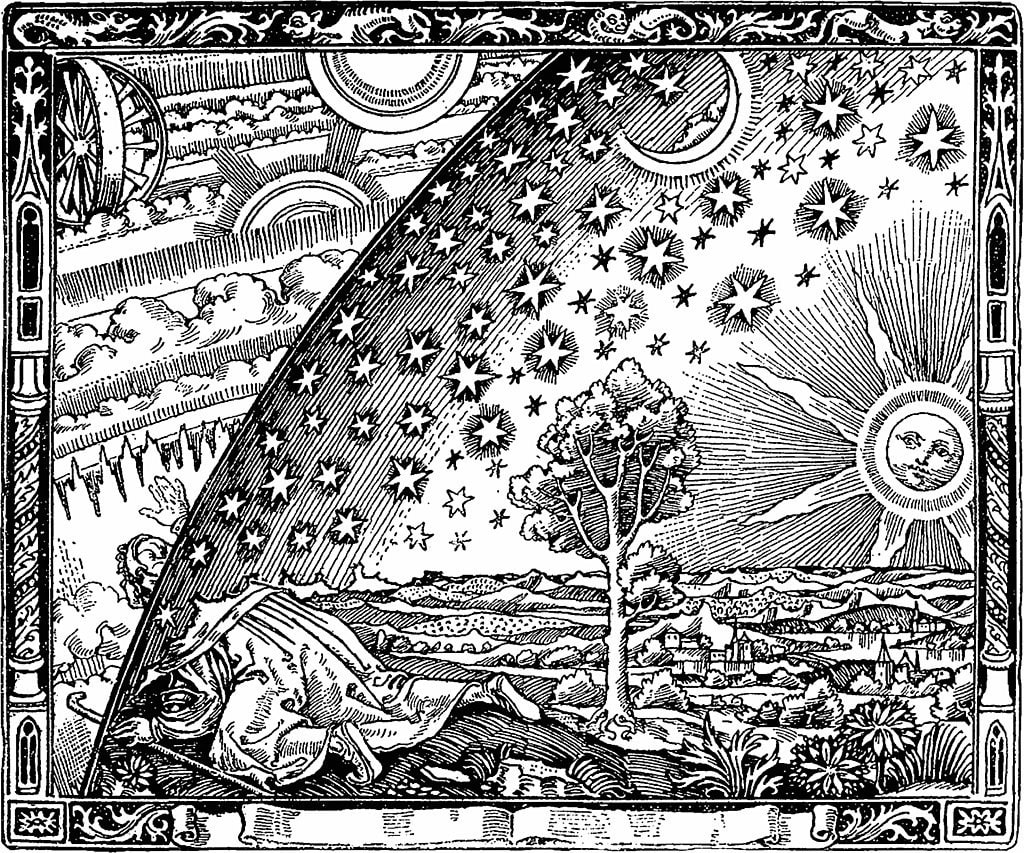
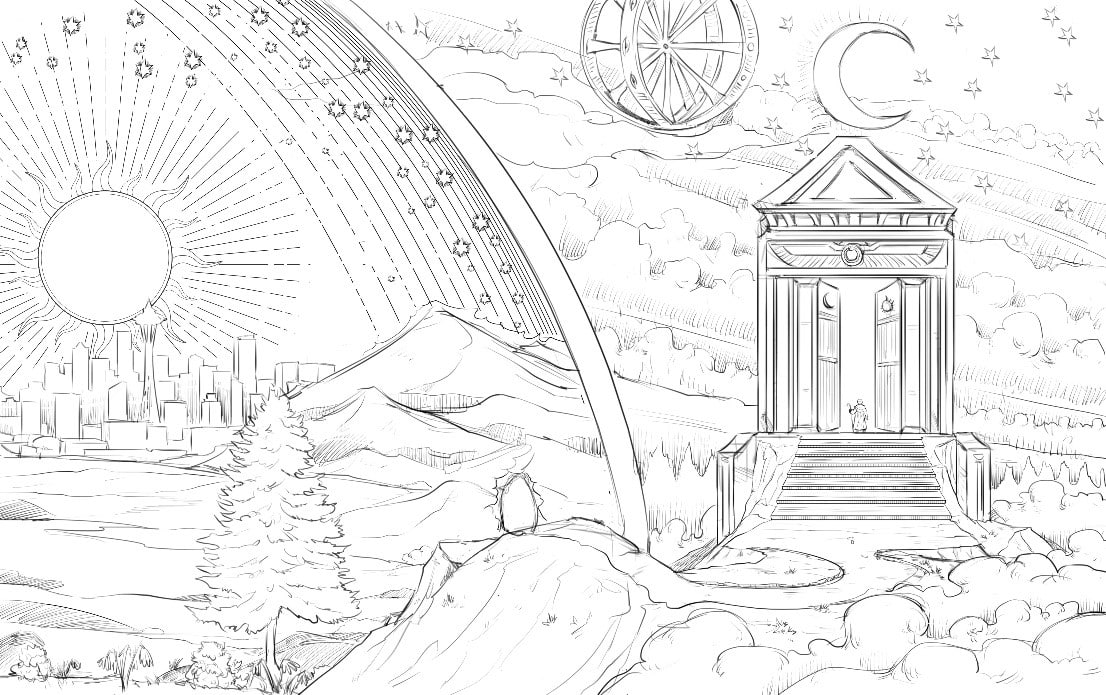
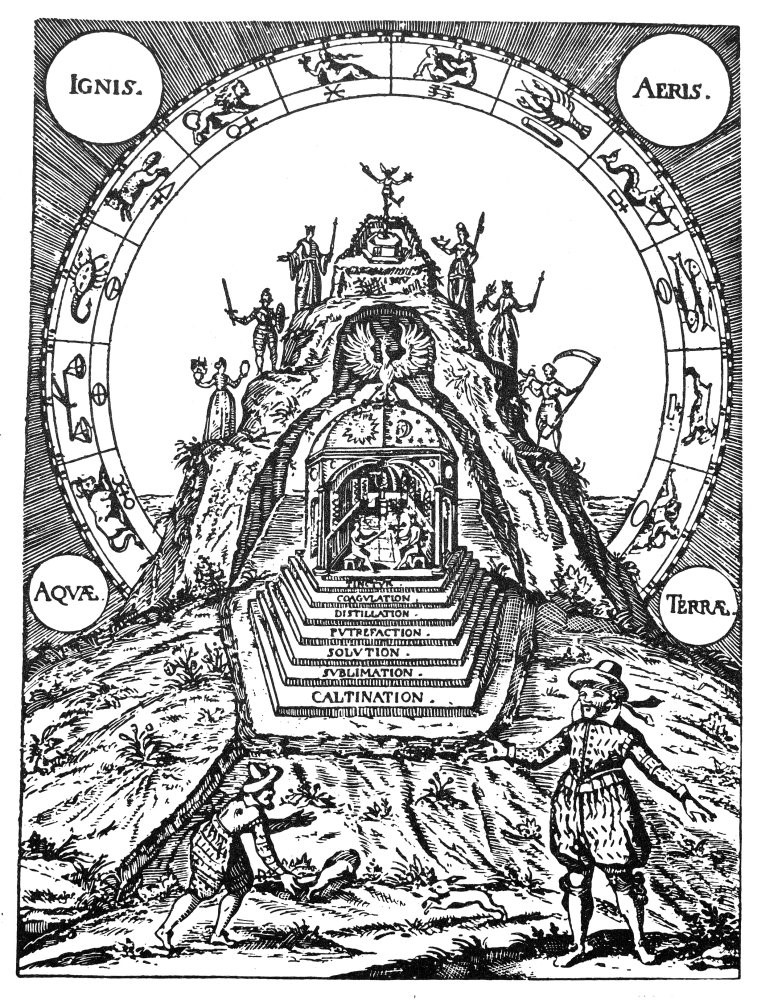

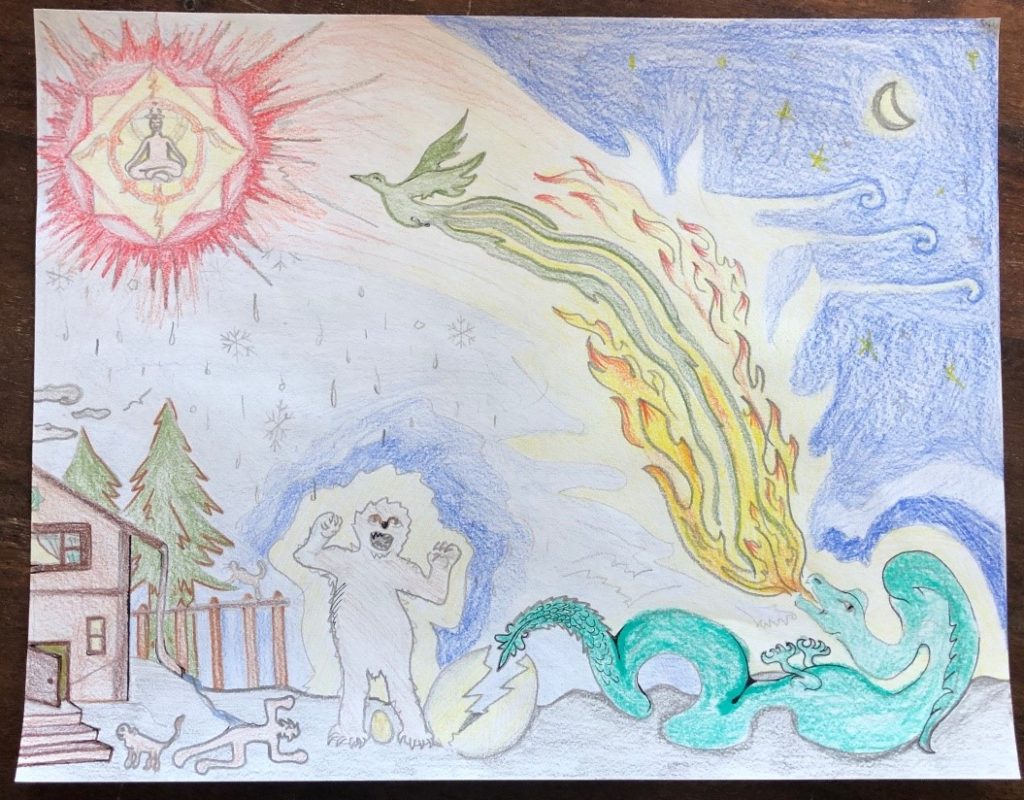


Recent Comments